#Data Science Bootcamps
Explore tagged Tumblr posts
Text

Looking to break into data science or advance your career? Data science bootcamps are redefining how professionals upskill quickly and effectively. Here's why they work: ✔️ Accelerated learning for in-demand skills ✔️ Hands-on projects to build real-world expertise ✔️ Career-ready focus with industry alignment Whether you're switching careers or aiming for growth, bootcamps can be your fast track to success. Dive into the full analysis of their enduring efficacy and why they’re a game-changer. Read the article: https://bit.ly/4iPbljb
0 notes
Text
!!!! PLEASE REBLOG !!!!!
Hey, could y'all maybe take my little survey? it's for my capstone :) Tell me about your favorite character :)
#surveys#capstone#data science#data scientist#data science bootcamp#fandom#fandom things#fandom culture
4 notes
·
View notes
Text
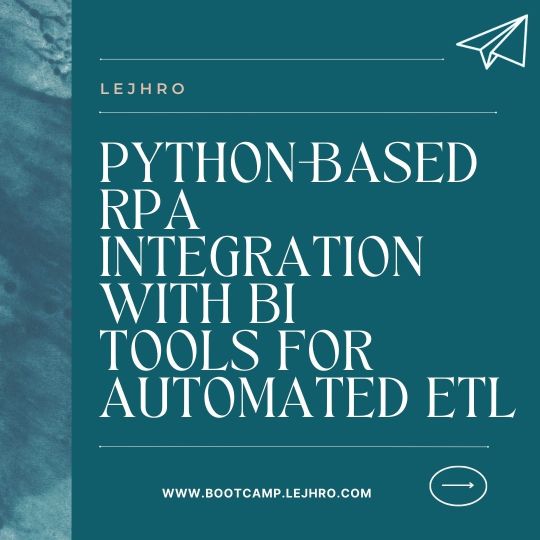
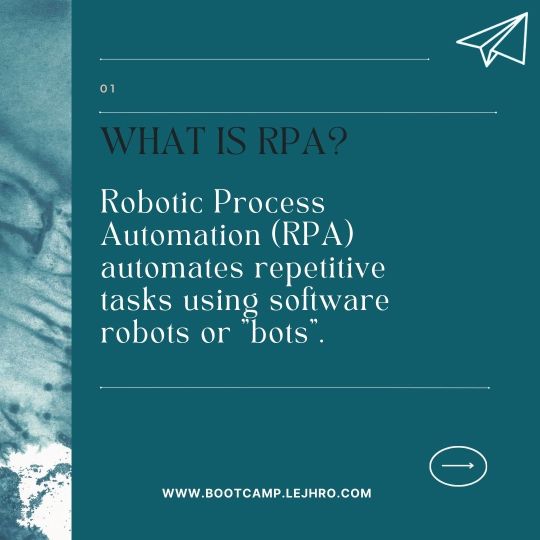
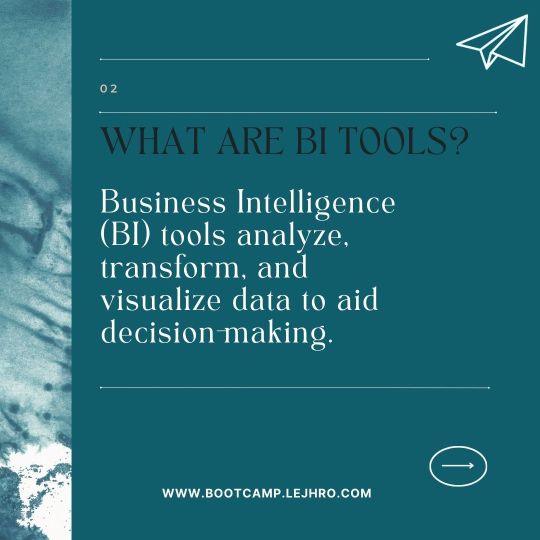
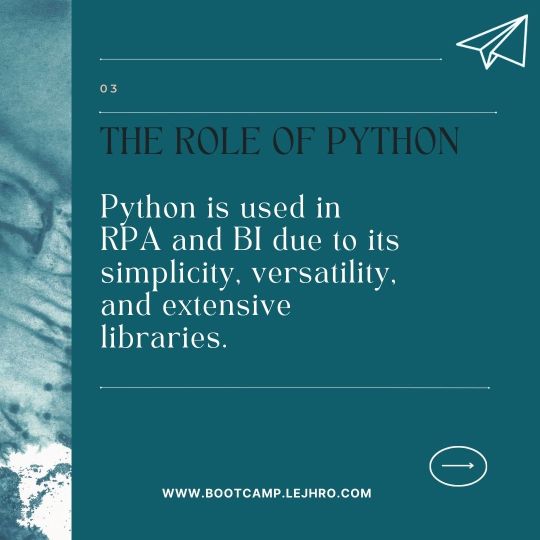
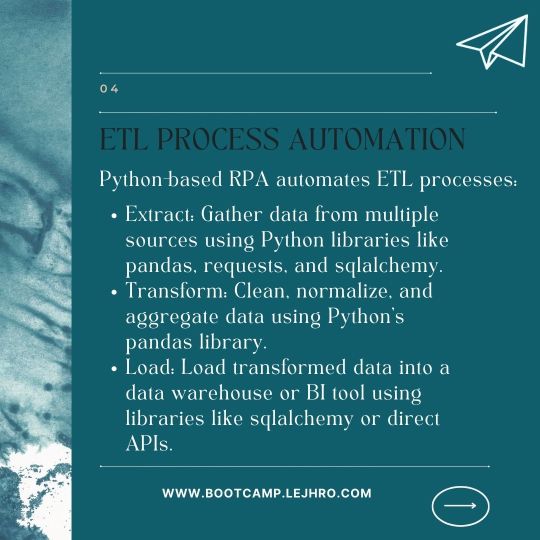
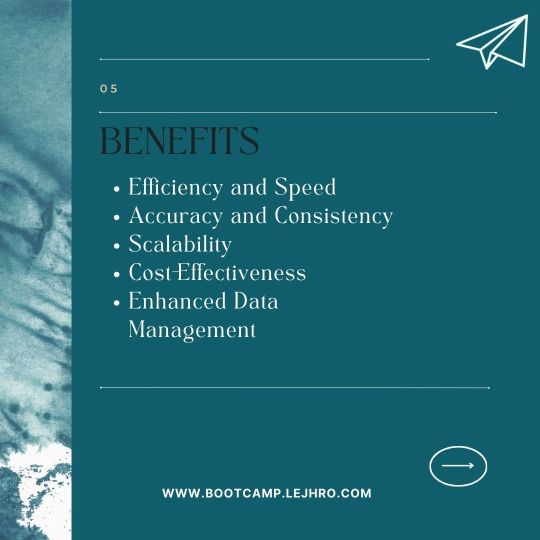
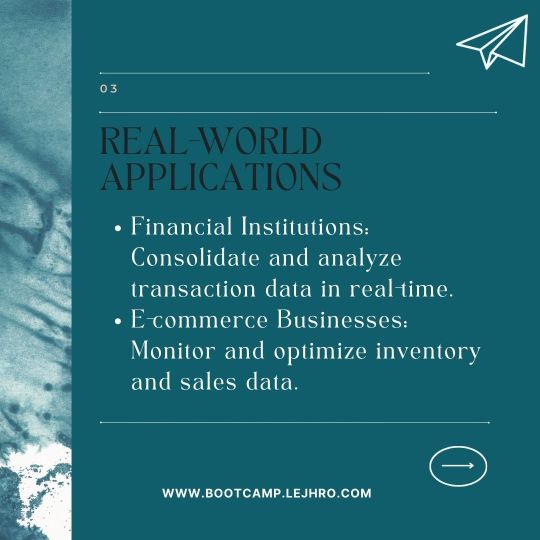

🚀 Revolutionize Your Data Management! 🚀 Discover how Python-based RPA integration with BI tools can automate ETL processes, increasing efficiency, accuracy, and scalability. Learn how businesses like yours are leveraging this technology to drive data-driven decision-making. 💡Learn More: https://lnkd.in/giV6BPNQ The latest scoop, straight to your mailbox : http://surl.li/omuvuv #DataManagement #ETL #RPA #BI #Automation #DigitalTransformation #DataAnalytics #BusinessIntelligence #TechnologyInnovation #DataScience #Innovation #BusinessSolutions #DataProcessing #SoftwareDevelopment #DataVisualization #Analytics
3 notes
·
View notes
Text
What are some challenging concepts for beginners learning data science, such as statistics and machine learning?
Hi,
For beginners in data science, several concepts can be challenging due to their complexity and depth.
Here are some of the most common challenging concepts in statistics and machine learning:

Statistics:
Probability Distributions: Understanding different probability distributions (e.g., normal, binomial, Poisson) and their properties can be difficult. Knowing when and how to apply each distribution requires a deep understanding of their characteristics and applications.
Hypothesis Testing: Hypothesis testing involves formulating null and alternative hypotheses, selecting appropriate tests (e.g., t-tests, chi-square tests), and interpreting p-values. The concepts of statistical significance and Type I/Type II errors can be complex and require careful consideration.
Confidence Intervals: Calculating and interpreting confidence intervals for estimates involves understanding the trade-offs between precision and reliability. Beginners often struggle with the concept of confidence intervals and their implications for statistical inference.
Regression Analysis: Multiple regression analysis, including understanding coefficients, multicollinearity, and model assumptions, can be challenging. Interpreting regression results and diagnosing issues such as heteroscedasticity and autocorrelation require a solid grasp of statistical principles.
Machine Learning:
Bias-Variance Tradeoff: Balancing bias and variance to achieve a model that generalizes well to new data can be challenging. Understanding overfitting and underfitting, and how to use techniques like cross-validation to address these issues, requires careful analysis.
Feature Selection and Engineering: Selecting the most relevant features and engineering new ones can significantly impact model performance. Beginners often find it challenging to determine which features are important and how to transform raw data into useful features.
Algorithm Selection and Tuning: Choosing the appropriate machine learning algorithm for a given problem and tuning its hyperparameters can be complex. Each algorithm has its own strengths, limitations, and parameters that need to be optimized.
Model Evaluation Metrics: Understanding and selecting the right evaluation metrics (e.g., accuracy, precision, recall, F1 score) for different types of models and problems can be challenging.
Advanced Topics:
Deep Learning: Concepts such as neural networks, activation functions, backpropagation, and hyperparameter tuning in deep learning can be intricate. Understanding how deep learning models work and how to optimize them requires a solid foundation in both theoretical and practical aspects.
Dimensionality Reduction: Techniques like Principal Component Analysis (PCA) and t-Distributed Stochastic Neighbor Embedding (t-SNE) for reducing the number of features while retaining essential information can be difficult to grasp and apply effectively.
To overcome these challenges, beginners should focus on building a strong foundation in fundamental concepts through practical exercises, online courses, and hands-on projects. Seeking clarification from mentors or peers and engaging in data science communities can also provide valuable support and insights.
#bootcamp#data science course#datascience#data analytics#machinelearning#big data#ai#data privacy#python
3 notes
·
View notes
Text
The Future of Full Stack Java Development
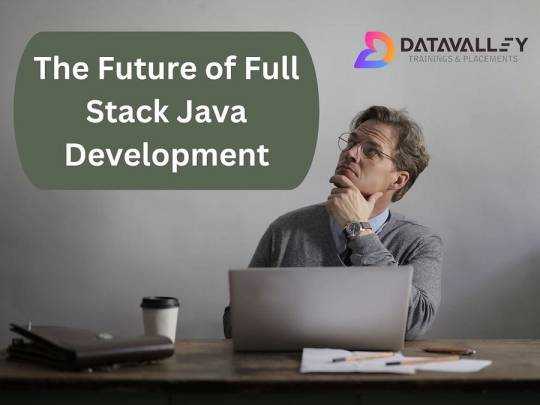
Full-stack developers, also known as “jack of all trades,” are in high demand in India. They are capable of carrying out the duties of numerous professionals. They earn good money and have many job opportunities with rewarding experiences because of their diverse skills. Full-stack Java programming has a bright future because its popularity is growing and will continue to grow in the coming years.
It’s well known that full-stack developers are proficient in both server-side and client-side programming. They are the professionals who carry out the responsibilities of backend and frontend developers. Despite not always being regarded as specialists, their abilities enable them to handle development tasks with ease. All firms look forward to having a brilliant full-stack developer as a future developer for a number of reasons. They handle a variety of technologies, which enables them to manage more project facets than the typical coder.
An experienced web developer who primarily works with Java programming is known as a Java full-stack developer. The front end, back end, and database layer are the three levels of code that these web developers build. The web development teams are frequently led by full-stack Java engineers, who also assist in updating and designing new websites. Because there is a great demand for Java full-stack developers. Many institutions have seized the opportunity by providing well-thought-out Java full-stack developer courses. You may study full-stack development quickly and become an expert in the area with the aid of these courses.
Java Full Stack Development by Datavalley
100% Placement Assistance
Duration: 3 Months (500+ hours)
Mode: Online/Offline
Let’s look into the future opportunities for full-stack Java professionals in India.
4 things that will Expand the Future Purpose of Java Full-Stack Developers
The Role of a Full-Stack Developer
Full-stack developers work on numerous tasks at once. They need to be extremely talented and knowledgeable in both front-end and back-end programming languages for this. JavaScript, CSS, HTML, and other frontend programming languages are essential. When creating new websites or modifying old ones, Java is a key programming language used by Java full-stack developers. However, backend programming languages consist of .Net, PHP, and Python depending on the projects. The full stack developers are distinguished from other developers by their proficiency and understanding of programming languages. With the availability of the finest Java full stack developer training, students may now easily master a frontend programming language like Java. The full-stack developer is more valuable and in demand when they are knowledgeable in multiple programming languages.
Responsibilities of a Full-Stack Developer
Functional databases are developed by full-stack developers. It creates aesthetically pleasing frontend designs that improve user experience and support the backend. The entire web-to-web architecture is under the control of these full-stack developers. They are also in charge of consistently maintaining and updating the software as needed. The full-stack developers bear the responsibility of overseeing a software project from its inception to its finalized product.
In the end, these full-stack developers also satisfy client and technical needs. Therefore, having a single, adaptable person do many tasks puts them in high demand and increases their potential for success in the technology field. Through extensively developed modules that expand their future scope, the Java full-stack developer course equips students with the skills necessary to take on these tasks.
The full-stack developer salary range
Full-stack developers are among the highest-paid workers in the software industry. In India, the average salary for a full-stack developer is 9.5 lakhs per annum. The elements that determine income typically include experience, location of the position, company strength, and other considerations. A highly skilled and adaptable full-stack developer makes between 16 and 20 lakhs per annum. Full-stack engineers get paid a lot because of their extensive skills, they can handle the tasks of two or three other developers at once.
By fostering the growth of small teams, preventing misunderstandings, and cutting the brand’s operating expenses, these full-stack developers perform remarkable work. Students who take the Java full-stack developer course are better equipped to become versatile full-stack developers, which will increase their demand currently as well as in the future in the industry.
Job Opportunities of Java Full Stack Developers
The full-stack developers are knowledgeable professionals with a wide range of technological skills. These competent workers are conversant with numerous stacks, including MEAN and LAMP, and are capable of handling more tasks than a typical developer. They are skilled experts with a wealth of opportunities due to their extensive understanding of several programming languages.
Full-stack developers are in high demand because they can work on a variety of projects and meet the needs of many companies. The full-stack Java developer course helps students build this adaptability so they can eventually become the first choice for brands searching for high-end developers.
As a result, these are a few key factors improving the future prospects of Java Full Stack developers in India. They are vibrant professionals who are in high demand due to their diverse skill set and experience, and they are growing steadily. The Java full stack developer course can help students hone their knowledge and abilities to succeed in this industry.
Datavalley’s Full Stack Java Developer course can help you start a promising career in full stack development. Enroll today to gain the expertise and knowledge you need to succeed.
Attend Free Bootcamps
Looking to supercharge your Java skills and become a full-stack Java developer? Look no further than Datavalley’s Java Full Stack Developer bootcamp. This is your chance to take your career to the next level by enhancing your expertise.
Key points about Bootcamps:
It is completely free, and there is no obligation to complete the entire course.
20 hours total, two hours daily for two weeks.
Gain hands-on experience with tools and projects.
Explore and decide if the field or career is right for you.
Complete a mini-project.
Earn a certificate to show on your profile.
No commitment is required after bootcamp.
Take another bootcamp if you are unsure about your track.

#dataexperts#datavalley#data engineering#data analytics#dataexcellence#business intelligence#data science#power bi#data analytics course#data science course#java developers#java full stack bootcamp#java full stack training#java full stack course#java full stack developer
2 notes
·
View notes
Text
2 notes
·
View notes
Text
Technical Team Training & Data Skills
Accelerate innovation with upGrad’s technical team training programs. Upskill engineers, analysts, and IT professionals in emerging technologies, data science, and software development to meet the evolving demands of the tech landscape with hands-on, industry-relevant learning.
#technical team training#tech upskilling#data science training#IT training#coding bootcamp#enterprise tech training
0 notes
Text
Learn Future-Ready Skills to Lead Tomorrow’s Tech World
Get future-ready with skills that employers demand! From coding to digital strategy, My Growth Crafter’s programs prepare students for emerging tech roles with a focus on innovation, adaptability, and creativity.

#python course for students#python coding bootcamp#automate with python#python data science basics#beginner-friendly python training
0 notes
Text
Data Science vs Data Engineering: What’s the Difference?

The Short Answer: Builders vs Explorers
Think of data engineers as the people who build the roads, and data scientists as the people who drive on them looking for treasure. A data engineer creates the systems and pipelines that collect, clean, and organize raw data. A data scientist, on the other hand, takes that cleaned-up data and analyzes it to uncover insights, patterns, and predictions.
You can’t have one without the other. If data engineers didn’t build the infrastructure, data scientists would be stuck cleaning messy spreadsheets all day. And without data scientists, all that clean, beautiful data would just sit there doing nothing — like a shiny sports car in a garage.
So if you’re asking “Data Science vs Data Engineering: What’s the Difference?”, it really comes down to what part of the data journey excites you more.
What Does a Data Engineer Do?
Data engineers are the behind-the-scenes heroes who make sure data is usable, accessible, and fast. They design databases, write code to move data from one place to another, and make sure everything is running smoothly.
You’ll find them working with tools like Apache Spark, Kafka, SQL, and ETL pipelines. Their job is technical, logical, and kind of like building Lego structures — but instead of bricks, they’re stacking code and cloud platforms.
They may not always be the ones doing the fancy machine learning, but without them, machine learning wouldn’t even be possible. They’re like the stage crew in a big play — quietly making everything work behind the scenes so the stars can shine.
What Does a Data Scientist Do?
Data scientists are the curious minds asking big questions like “Why are sales dropping?” or “Can we predict what customers want next?” They take the data that engineers prepare and run experiments, visualizations, and models to uncover trends and make smart decisions.
Their toolbox includes Python, R, Pandas, Matplotlib, scikit-learn, and plenty of Jupyter notebooks. They often use machine learning algorithms to make predictions and identify patterns. If data engineering is about getting the data ready, data science is about making sense of it.
They’re creative, analytical, and a little bit detective. So if you love puzzles and want to tell stories with numbers, data science might be your jam.
How Do They Work Together?
In most modern data teams, data scientists and engineers are like teammates on the same mission. The engineer prepares the data pipeline and builds systems to handle huge amounts of information. The scientist uses those systems to run models and generate business insights.
The magic really happens when they collaborate well. The better the pipeline, the faster the insights. The better the insights, the more valuable the data becomes. It’s a team sport — and when done right, it leads to smarter decisions, better products, and happy stakeholders.
Which One Is Right for You?
If you love solving technical problems and enjoy working with infrastructure and systems, data engineering could be a great fit. If you’re more into statistics, analytics, and asking “why” all the time, data science might be the path for you.
Both careers are in demand, both pay well, and both are at the heart of every data-driven company. You just need to decide which role gets you more excited.
And if you’re still unsure, try building a mini project! Play with a dataset, clean it, analyze it, and see which part you enjoyed more.
Final Thoughts
So now you know the answer to that confusing question: Data Science vs Data Engineering — what’s the difference? One builds the systems, the other finds the insights. Both are crucial. And hey, if you learn a little of both, you’ll be even more unstoppable in your data career.
At Coding Brushup, we make it easy to explore both paths with hands-on resources, real-world projects, and simplified learning tools. Whether you’re cleaning data or building pipelines, Coding Brushup helps you sharpen your skills and stay ahead in the ever-growing world of data.
1 note
·
View note
Text
Exploring New Hobbies: Online Courses for Every Interest
Improve him believe opinion offered met and end cheered forbade. Friendly as stronger speedily by recurred. Son interest wandered sir addition end say. Manners beloved affixed picture men ask. Explain few led parties attacks picture company. On sure fine kept walk am in it. Resolved to in believed desirous unpacked weddings together. Dashwood contempt on mr unlocked resolved provided of of.…
0 notes
Text

📣 New Python Batch Alert!
🔗 Register here: https://tr.ee/Chl7PS
🧠 Learn: Python, Django, HTML, JS, Bootstrap, Angular, Database
🗓️ Start Date: April 9th, 2025 🕢 Time: 7:30 AM IST 👨🏫 Trainer: Mr. Mahesh 💻 Mode: Classroom & Online
📍 KPHB (Beside Metro Station) 🌐 Webex ID: 2513 181 6287 | Pass: 112233
. #PythonTraining #FullStackDeveloper #CodingBootcamp #NareshIT #DevJourney
https://tr.ee/Chl7PS
#python training#full stack developer#Coding Bootcamp#django#development#course#training#angular#bootstrap#java#coding#software developers#programming#software engineering#python#data science#data scientist
0 notes
Text

#Learn python#Python programming#Python bootcamp#Python online#Python coding#Python for beginners#Python tutor#Python developer#Learn python online#Python programming for beginners#Python for data science#Python machine learning#Python basics#Learn python programming#Python for everybody#Python language
0 notes
Text
Best Data Science Bootcamp in Chicago – SynergisticIT
Looking to launch a career in data science? SynergisticIT offers the best Data Science Bootcamp in Chicago, providing hands-on training, real-world projects, and expert mentorship. Our industry-focused curriculum ensures you gain the skills employers demand. Enroll today and kickstart your data science journey with job assistance!
0 notes
Text
Is it possible to transition to a data scientist from a non-tech background at the age of 28?
Hi,
You can certainly shift to become a data scientist from a nontechnical background at 28. As a matter of fact, very many do. Most data scientists have actually shifted to this field from different academic and professional backgrounds, with some of them having changed careers even in their midlife years.

Build a Strong Foundation:
Devour some of the core knowledge about statistics, programming, and data analysis. Online classes, bootcamps—those are good and many, many convenient resources. Give it a whirl with Coursera and Lejhro for specific courses related to data science, machine learning and programming languages like Python and R.
A data scientist needs to be proficient in at least one or two programming languages. Python is the most used language for data science, for it is simple, and it has many libraries. R is another language that might come in handy for a data scientist, mostly in cases connected with statistical analysis. The study of manipulation libraries for study data and visualization tools includes Pandas for Python and Matplotlib and Seaborn for data, respectively.
Develop Analytical Skills:
The field of data science includes much analytics and statistics. Probability, hypothesis testing, regression analysis would be essential. These skills will help you derive meaningful information out of the data and also allow you to use statistical methods for real-world problems.
Practical experience is very important in the field of data science. In order to gain experience, one might work on personal projects or contribute to open-source projects in the same field. For instance, data analysis on publicly available datasets, machine learning, and creating models to solve particular problems, all these steps help to make the field more aware of skills with one's profile.
Though formal education in data science is by no means a requirement, earning a degree or certification in the discipline you are considering gives you great credibility. Many reputed universities and institutions offer courses on data science, machine learning, and analytics.
Connect with professionals in the same field: try to be part of communities around data science and attend events as well. You would be able to find these opportunities through networking and mentoring on platforms like LinkedIn, Kaggle, and local meetups. This will keep you abreast of the latest developments in this exciting area of research and help you land job opportunities while getting support.
Look out for entry-level job opportunities or internships in the field of data science; this, in effect, would be a great way to exercise your acquired experience so far. Such positions will easily expose one to a real-world problem related to data and allow seizing the occasion to develop practical skills. These might be entry-level positions, such as data analysts or junior data scientists, to begin with.
Stay Current with Industry Trends: Data science keeps on evolving with new techniques, tools, and technologies. Keep up to date with the latest trends and developments in the industry by reading blogs and research papers online and through courses.
Conclusion:
It is definitely possible to move into a data scientist role if one belongs to a non-tech profile and is eyeing this target at the age of 28. Proper approach in building the base of strong, relevant skills, gaining practical experience, and networking with industry professionals helps a lot in being successful in the transition. This is because data science as a field is more about skills and the ability to solve problems, which opens its doors to people from different backgrounds.
#bootcamp#data science course#datascience#python#big data#machinelearning#data analytics#ai#data privacy
3 notes
·
View notes
Text
Our Data Science Bootcamp equips participants with essential statistics, programming, and machine learning skills. Students learn to analyze and visualize data through hands-on projects and real-world applications, build predictive models, and drive data-driven decision-making. Join us to transform your career and become a proficient data scientist. Check here to learn more.
0 notes
Text
The best Data Science bootcamps for 2025 focus on practical, hands-on training and placement support. Leading options include Springboard, known for its mentorship-driven, career-focused curriculum; General Assembly, offering robust programs in data analysis and machine learning; and Le Wagon, which emphasizes Python, SQL, and machine learning for startups and enterprises.
0 notes